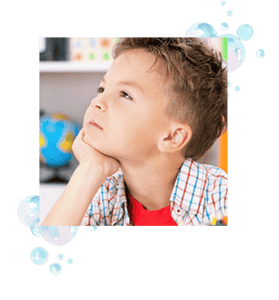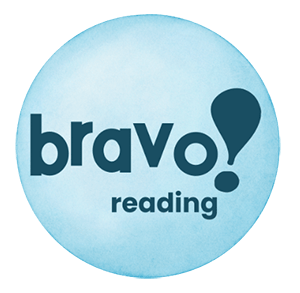From Dyslexia to Success – The Best Dyslexia Resources Available!
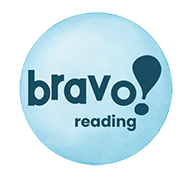
Reading shouldn’t be painful for any child. But all too often, kids with dyslexia feel that it’s unbearable torture. Never-ending, absolute pain…when reading should be fun, magical…exciting. If your child has dyslexia, you’ve probably felt like you’re floating alone on an iceberg without many dyslexia resources you can trust.
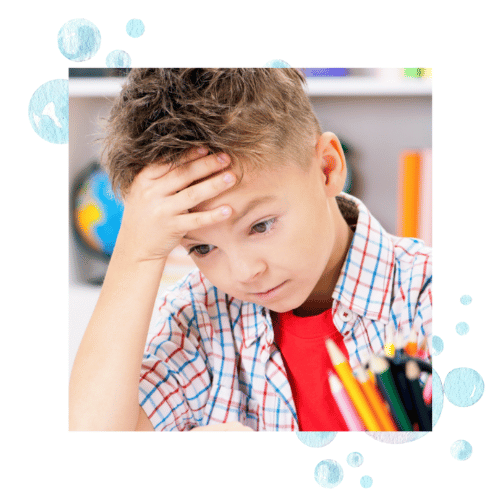
Not anymore!
Bravo! Reading knows exactly how you feel, and that’s why we offer the best dyslexia programs available and a slew of dyslexia resources for you.
After all, its founder, Lisa Harp, a certified teacher and dyslexia specialist, went on a “mother mission” to help her son overcome dyslexia. Within a year, he was an honor student!
Since then, Lisa and Bravo! Reading have helped tens of thousands of children and teens overcome reading challenges related to dyslexia.
Your child can, too!
Reading Comprehension: The Crux Of It All!
The first of Bravo! Reading’s dyslexia resources brought up is reading comprehension. There are many factors that can affect a child’s reading performance. For starters, it’s important that your child knows letter sounds (including all vowel sounds) inside out and upside down. From there, the ability to blend letters and letter clusters together is vitally important. After all, that’s ultimately what reading (decoding) is!
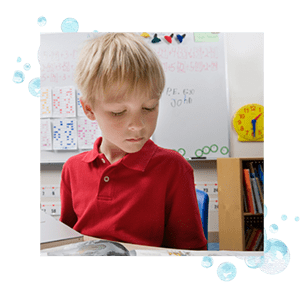
From there, your child must be somewhat fluent and have the ability to read words in a timely, expressive manner. This is called reading fluency. This reading skill is really important. If it takes your child too long to read, these lapses will mess up reading comprehension abilities.
Decoding is the backbone of reading and it greatly affects fluency. From there, fluency steers the ship straight toward comprehension.
No matter how important the first two skills are, it’s comprehension – the reason we all read – that carries the most weight.
To understand what was read is the very reason we read.
It’s hard to put more weight on one component of reading over the other, but if your child can’t remember and understand what was read, then it’s all a useless process!
One of Bravo! Reading’s exceptional dyslexia resources is the information we share on reading comprehension.
We relate information on how important decoding is to reading comprehension. As a matter of fact, it’s one of the most important components of comprehension! If your child has weak decoding skills, as most kids with dyslexia do, then it takes a long time to decode.
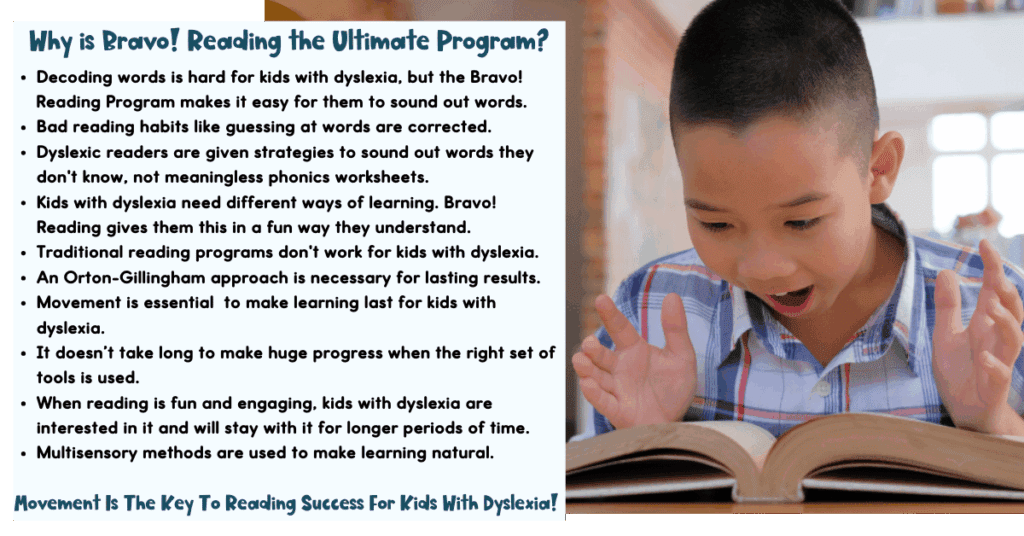
Kids With Dyslexia Lack Important Reading Strategies
This impacts comprehension in a negative way, because your child works too hard to understand what was just read. And of course, this plays right into fluency, because the same hold trues for the ability to read easily.
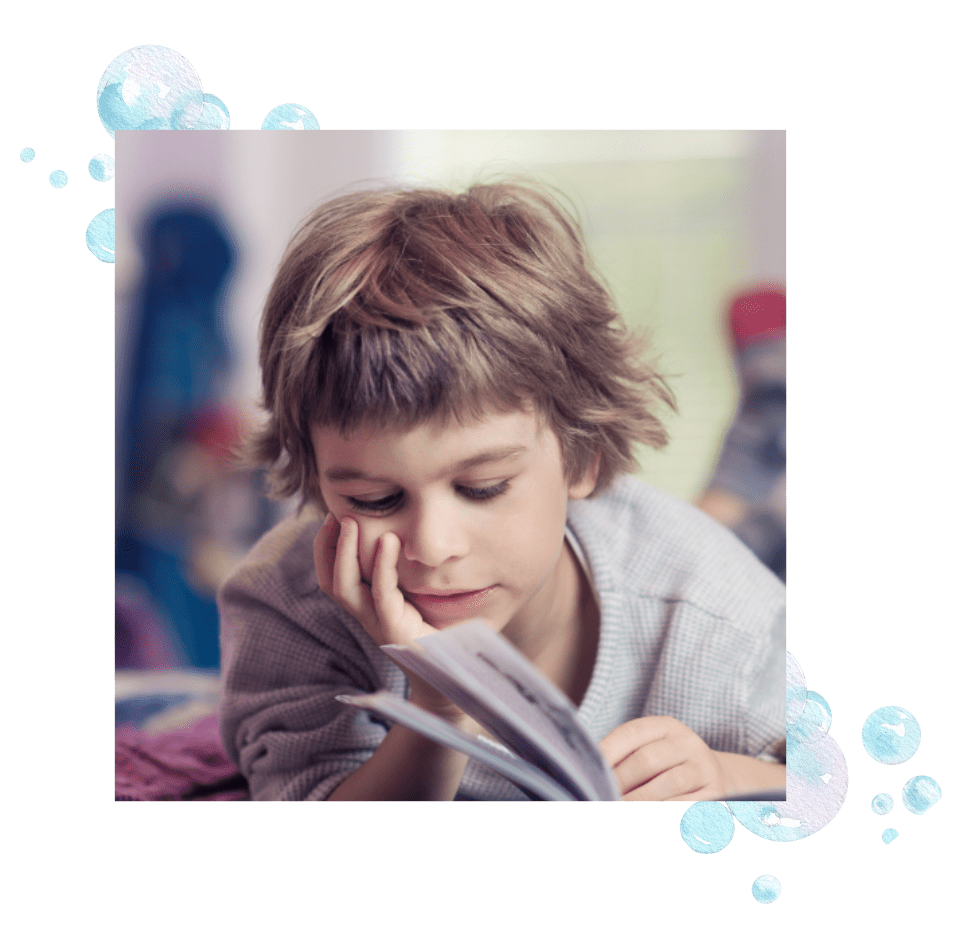
Something most people don’t understand is how bad reading habits affect the ability to read and comprehend.
Kids with dyslexia are the worst culprits!
Because they have weak decoding skills, they end up guessing at words or engaging in other bad reading habits. Bravo! Reading delves into this and explains the Three Pillars of Poor Reading in detail.
And finally, Bravo! Reading dives into both auditory and visual processing skills and their effect on reading comprehension.
Why Reading Fluency Is Important for Reading Success
Next, Bravo! Reading goes in depth about reading fluency and lets you know why you should never force your child to read faster. Many traditional reading programs claim this is beneficial. It can be helpful for kids who don’t have dyslexia, but children who struggle with dyslexia have a very difficult time with the pressure of this practice!
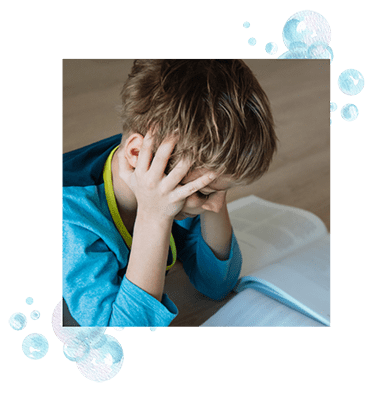
In addition, Bravo! shows the importance of decoding skills and reading fluency. As previously stated, the importance is critical, as if it’s too hard to sound out words, fluency is disrupted in a big way!
The automatic reading response is also explained. It’s so important for reading success in general and especially reading fluency that kids can read without having to consciously think about what they’re doing.
And finally, Bravo! Reading fills you in on how kids with dyslexia learn with their hands and by touching. So the importance of having a dyslexia reading program that uses movement is critically important!
The Deep Importance Of Reading Decoding For Reading Skills
Reading decoding is the backbone of all reading. Decoding is basically the ability to sound out words. So think about it; if you can’t sound out words, it’s really hard to read.
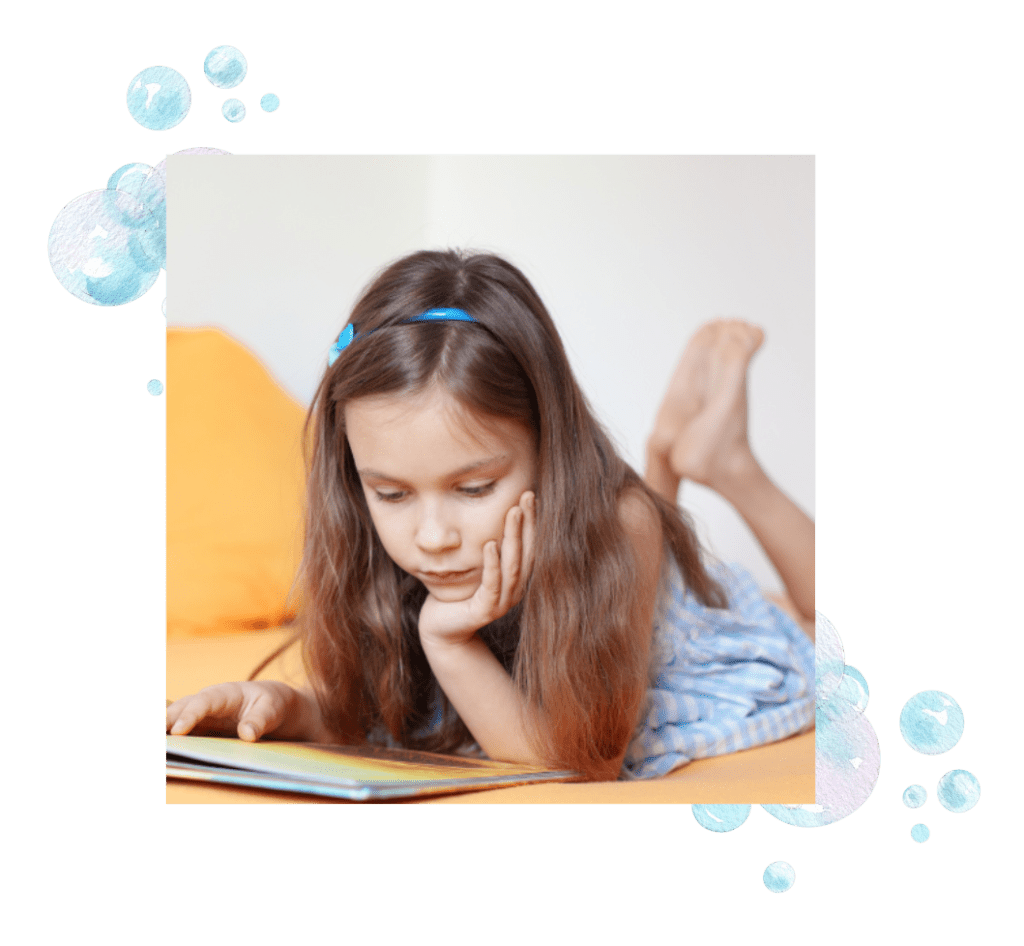
Sure, you can memorize words, but that isn’t an effective reading strategy.
After all the English language has over one million words in it. And what happens when you come across a word you don’t know?
Bravo! Reading explains the importance of decoding in detail, going on to speak of how kids with dyslexia struggle with this skill because they’re tactile learners. It ties everything up with the Orton-Gillingham approach and how it can help kids with dyslexia decode words easier.
Once again, decoding shows up as a powerhouse to help readers gain reading comprehension.
Decoding, simply put, is the ability to sound out words when they are new or unfamiliar.
Decoding is a strategy, not guesswork. It’s a step-by-step process that kids need to know to do when reading. If decoding skills are weak, the process of reading will be laborious and haphazard at best. There is too much guesswork going into the equation, too many stabs in the dark.
Dyslexia And Decoding: The Internal Struggle
This is not efficiency, which is what needs to happen for excellent reading skills! Kids with dyslexia usually struggle to decode words. Even though they usually have high vocabularies and are quite bright, the process of decoding is like speaking another language to them!

How Decoding Words Can Be Easy For Kids With Dyslexia
But kids with dyslexia can learn to decode; it’s one of the most critically important dyslexia resources available…and the most misused. That’s because kids with dyslexia don’t learn in traditional routes.
Reading fluency is the ability to read at a conversational rate with accuracy and expression. Like reading comprehension, many factors come into play when it comes to fluency. It’s another one in the list of reading resources your child needs to succeed
Decoding is the most important skill that affects fluency, as readers must have a method of sounding out unknown words when they come to them. If a child takes too long trying to figure out an unfamiliar word, then it slows down fluency.
As with comprehension, visual and auditory processing skills come into play for adequate fluency scores. If a child isn’t correctly perceiving information, it’s difficult to process information. This, in turn, makes reading words out loud an easy skill.
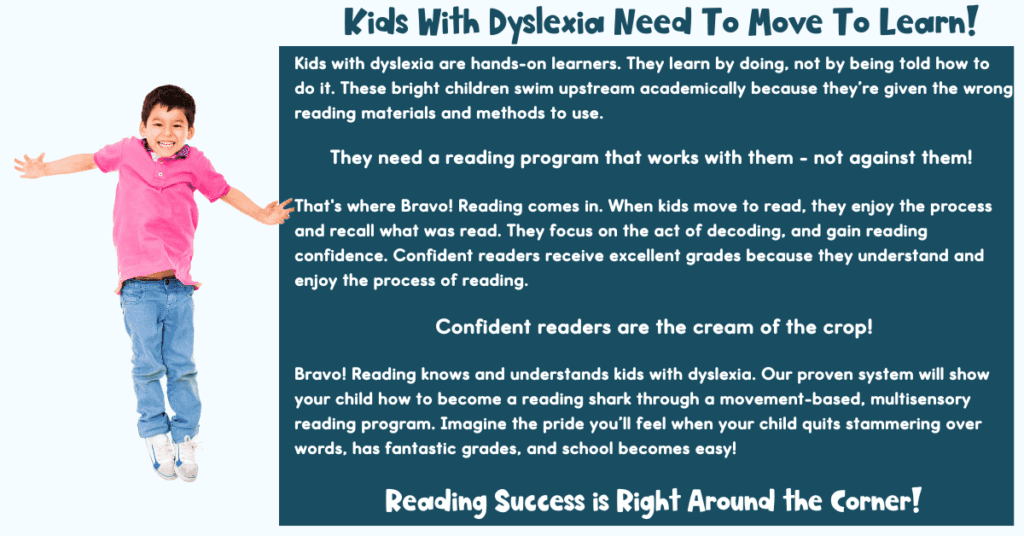
The Panic Of Bad Reading Habits
Bravo! Reading goes on to explain the Three Pillars of Poor Reading in detail. The three pillars are simply the most common bad reading habits kids engage in. Children with dyslexia are masters at these bad habits, which interferes with reading success!
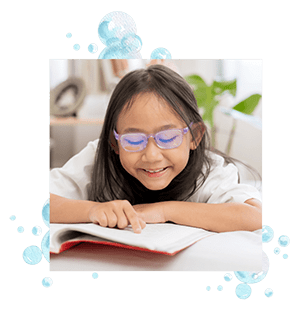
Once bad reading habits set in, reading fluency and comprehension scores drop. This is because too many mistakes are made.
It’s important that kids with dyslexia learn to decode, but traditional reading programs fail to teach them to do this in a way that makes sense to them. Instead, these programs cater to the masses.
Although one in five has dyslexia, it’s not enough for them to change what they are doing.
Sadly, this leaves dyslexic children out in the cold! These bright children can certainly learn to decode words. They just need a few things to help them along, a few dyslexia resources that aren’t that hard to make happen!
When Old Meets New: The Orton-Gillingham Approach Helps Kids With Dyslexia Shine
Most people are aware how important the Orton-Gillingham approach is for kids with dyslexia. Bravo! Reading bases its dyslexia programs on this approach, knowing firsthand how well it works!
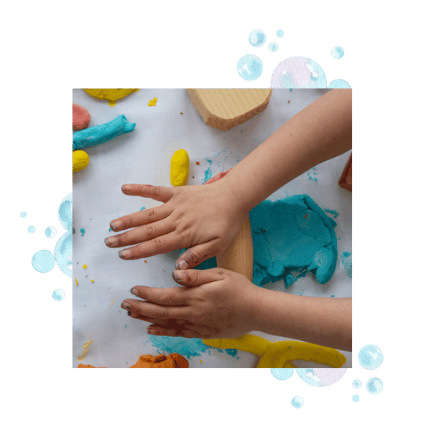
But all too often, people use the Orton-Gillingham approach without enough body movement involved. Since kids with dyslexia learn best through large body movements, they usually need more movement than typical Orton-Gillingham activities.
It’s typical for a student using the Orton-Gillingham method to move a tile with fingers or to form a word out of clay. These are awesome activities! But Bravo! knows kids with dyslexia need more movement, that the hand, arm, and shoulder all need in on the action!
That’s why Bravo! Reading uses dot dabbers to engage these muscles and movements. This, in turn, creates best opportunity to master phonemic awareness, precious decoding skills, and reading skills in general.
The Approach Is Just The Beginning For Building A Better Reader
An Orton-Gillingham approach has proven to be helpful for kids with dyslexia and other children struggling to read. This research-based approach to teaching reading skills is based on the work done by researchers Samuel Orton and Anna Gillingham back in the 1930’s and 1940’s. The Orton-Gillingham approach contributes to your child’s reading resources in multiple ways.
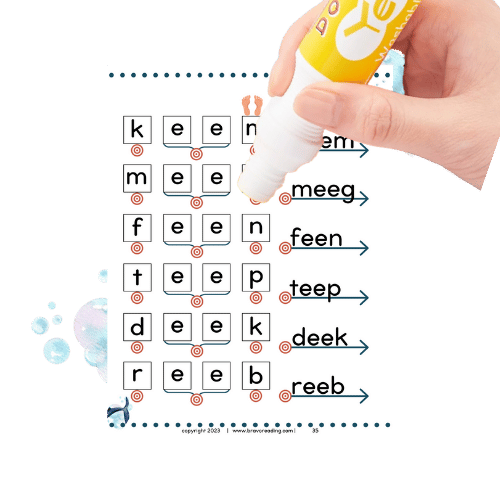
There are three basic components to an Orton-Gillingham approach, all which are beneficial for a struggling reader. Following are these components:
- Letters and Sounds – letters and sound knowledge is essential for both phonic decoding and sight-word learning
- Phonic Decoding – early phonological awareness skills enable development of letter-sound knowledge. Advanced phonological awareness skills should continue as the student gains a decoding foundation
- Orthographic mapping – this is when unfamiliar words become automatic sight words
Innovative Dyslexia Resources Make The Biggest Difference
Not all kids learn in the same way, so it’s important that different methods are used for kids with dyslexia or other children struggling to read.
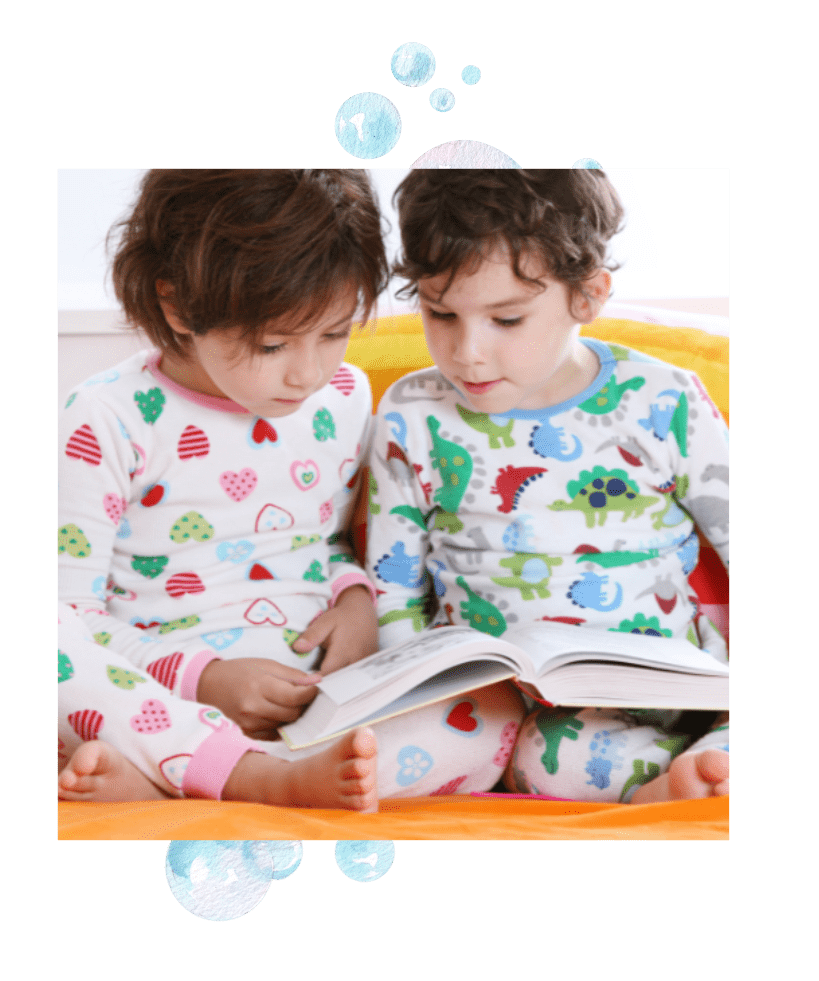
In addition, the Orton-Gillingham approach stresses the use of a multi-sensory activities to teach kids to learn to use phonemes. This means that visual, auditory, and tactic methods are used to teach kids how to read, primarily with those small phonemic units that make up our language.
A phonemic unit is a small unit of sound such as “it”, “ab”, “em”, “ub”, and “op”. Once kids are familiar with the basic forty-four phonemic units that our language is built upon, they can branch out to more difficult units, finally form multi-sensory words.
Phonemic units are important reading resources for kids with dyslexia.
Reading comprehension is the end result of reading. It’s a culmination of learning letter sounds, blending them together, building vocabulary, reading words with appropriate speed (fluency), and understanding that those words have meaning.
Reading comprehension is a complicated process, as there are numerous factors involved that can affect its success.
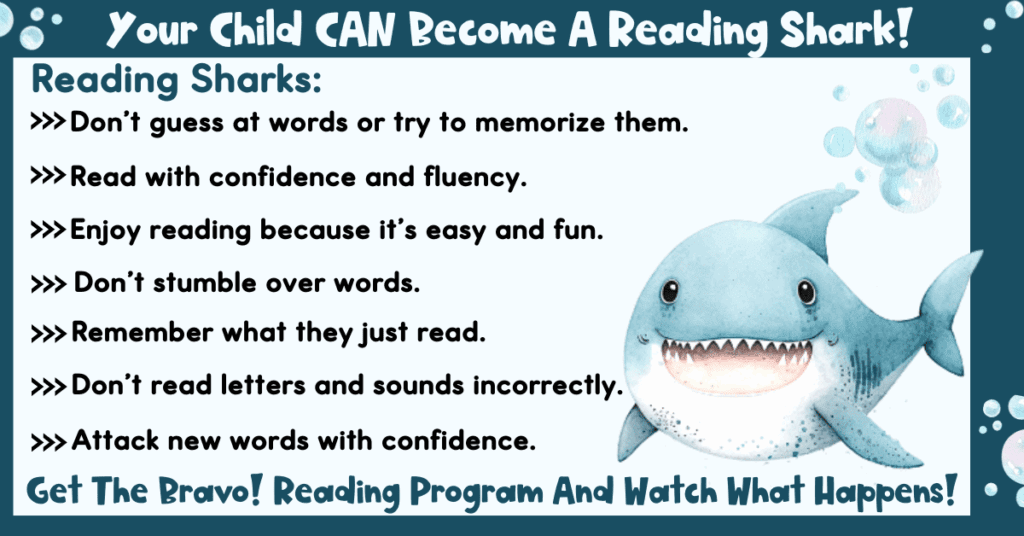
The Great Importance Of Auditory And Visual Processing Skills
Auditory processing skills greatly affect a child’s ability to comprehend what was read, as many auditory skills play into sounding out words. Auditory processing skills are one of the most critical dyslexia resources and contribute to reading abilities in numerous ways. For example, children need to “hear” sounds correctly in order to understand what was read.
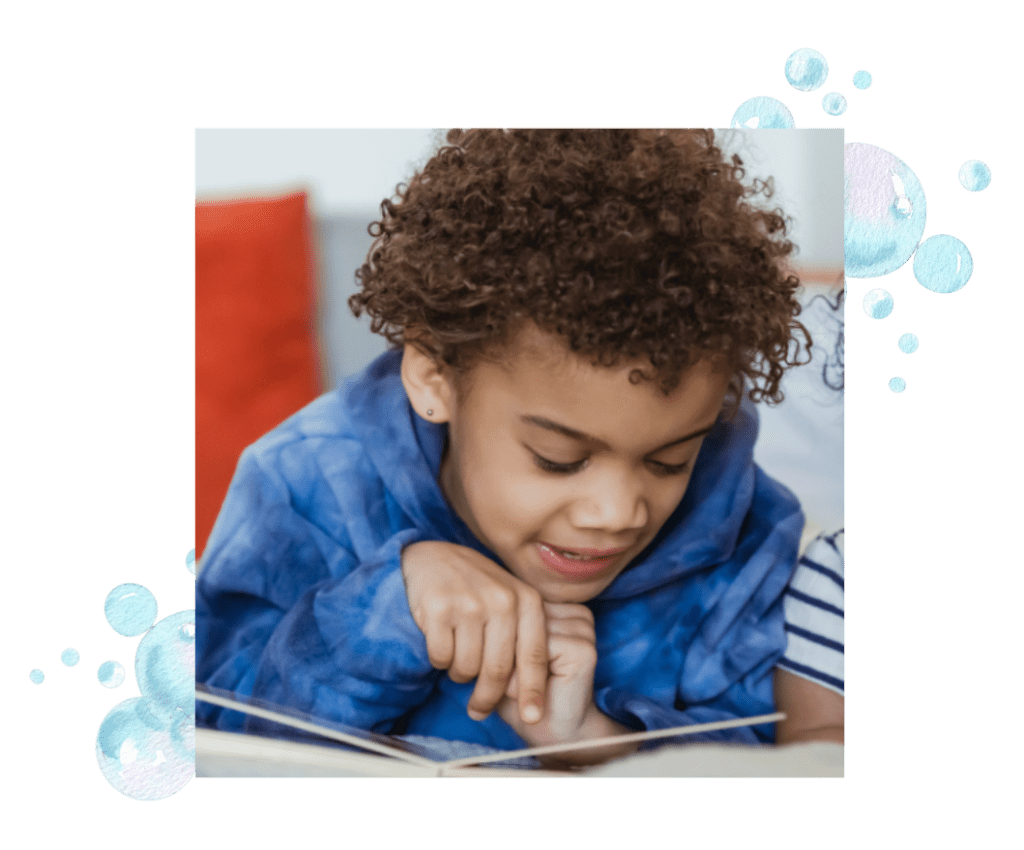
If sounds are word incorrectly, then meaning can certainly be affected in a negative way. Words are heard wrong, which means they are read wrong. Of course, meaning will be different than intended. Comprehension scores drop because of this! Wrong sounds equate to wrong meaning.
75 to 90% of what we take in as humans is visual. And reading is a highly visual process, so obviously visual processing skills must be adequate in order for reading comprehension to be acceptable.
Kids who struggle to process visual information might see halos or shadows around letters. The print might jiggle and wiggle or appear to be slanting up or down. Children with dyslexia might see a letter backward one day and normal the next. Predictability is hard for them, as their visual stimuli is constantly changing!
Another visual processing skill,visual memory, is also crucially important for reading comprehension. This is the ability to hold symbols or figures in memory after they are gone. If you think about it, each letter of a word is a symbol, so if a child can only hold three figures in visual memory, then anything over a three-letter word will be challenging.
The One Dyslexia Resource Thing That Makes Reading Easier
If a child “taps out” at three-letter words, then it will be hard to get past a first grade reading level. Of course, if the student is in the fifth grade, it would be nearly impossible to comprehend grade level material! Dyslexia resources provided in the right way help these skills along.
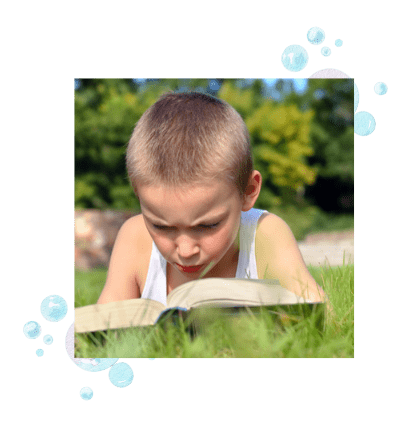
There are numerous visual processing skills that come into play when reading, and if they are weak, comprehension can be affected in a negative way.
Meaning is changed if visual information is perceived incorrectly.
For instance, if a child looks at the letter “h” and it appears to be the letter “n”, then the word will be read incorrectly.
Incorrect words make meaning incorrect. It’s that simple.
